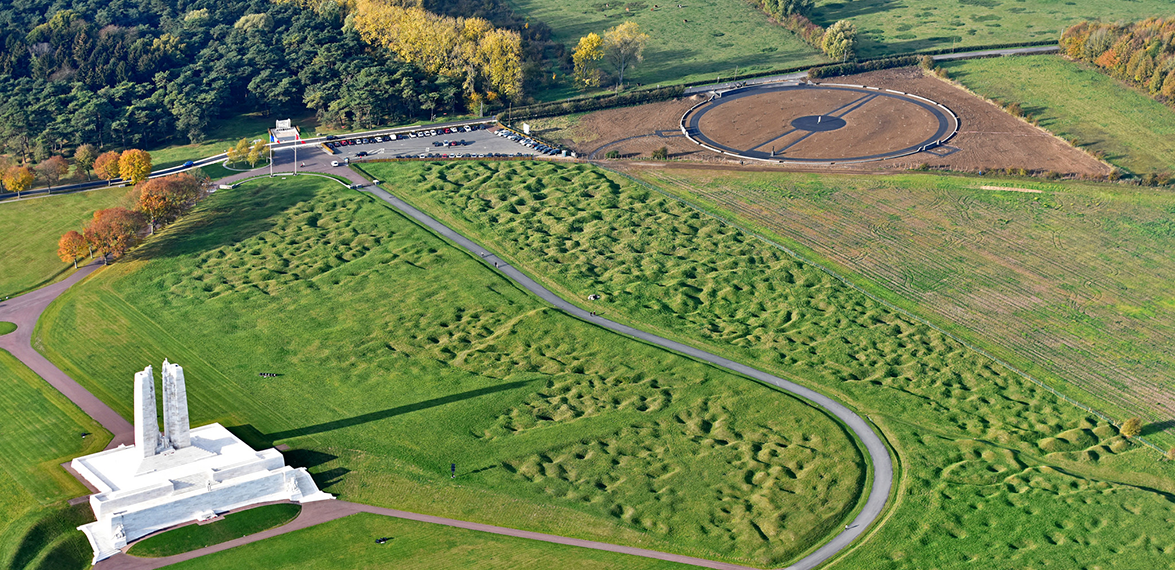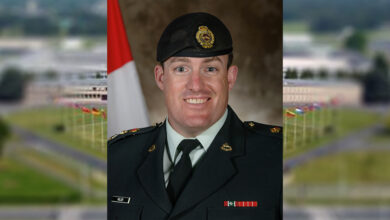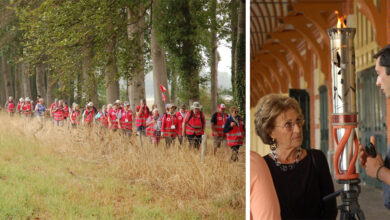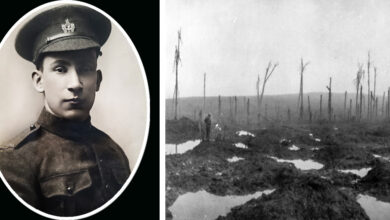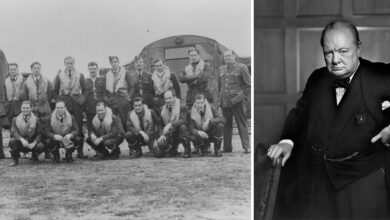Remembering
Raise money and honour First World Vets by planting an Oak Tree from Vimy, France
Canadians can now plant a small piece of First World War history in their backyards by purchasing a Centennial Tree in Canada.
Sold by the Vimy Oaks Legacy Corp., in partnership with the Vimy Foundation, the Centennial Tree in Canada are genetic descendants of acorns collected by First World War Veteran Leslie Miller.
After the destruction of the Battle of Vimy Ridge Miller gathered a handful of oak tree acorns and brought them back to Canada, planting a grove of oak trees in Ontario.
Monty McDonald, founder and president of Vimy Oaks Legacy Corp., worked closely with Miller as a child and was looking to repatriate the trees back to France in memory of the First World War hero and because there were no oak trees left on Vimy Ridge.
“He was like a grandfather to me. My little dream was to honour him, to get permission to plan three or four trees near the memorial and get a plaque up,” said McDonald.
McDonald then partnered with the Vimy Foundation, and now 100 of commemorative Vimy Oak Trees are being repatriated to Vimy, France at the Vimy Foundation Centennial Park.

The Vimy Foundation purchase a strip of land next to the Canadian National Vimy Memorial in order to commemorate the centennial of the First World War.
According to Caitlyn Bailey, interim director of the Vimy Foundation, the purpose of the park is to “create a space where visitors to the memorial can reflect and observe the memorial from a distance. They’ll be able to do in a grove of these beautiful trees.”
Opened to the public in November 2018, the park now contains 100 Vimy Oak trees, currently only standing two metres tall. Not only is this a heritage planting that honours the memory of Leslie Miller, but it also commemorates the spirit of Canadians who fought during the Battle of Vimy Ridge.
There are four rows of trees in the centre circle commemorating the four Canadian divisions taking part in the battle.
“We like to think of the trees as people like Leslie. They came back (to Canada) didn’t have support systems, they couldn’t fulfil their dreams, but they knuckled down and helped build our country. So, their spirits are now in those trees standing on guard next to the memorial where their comrades who couldn’t return are memorialized,” said McDonald.
The park also contains centennial benches, built in Canada and placed throughout the park, and the Bugler Memorial Sculpture designed by renowned Canadian artist Marlene Hilton Moore and gifted by the City of Barrie and the communities surrounding Canadian Forces Base Bordon. A twin statue stands at the entrance of CFB Borden.
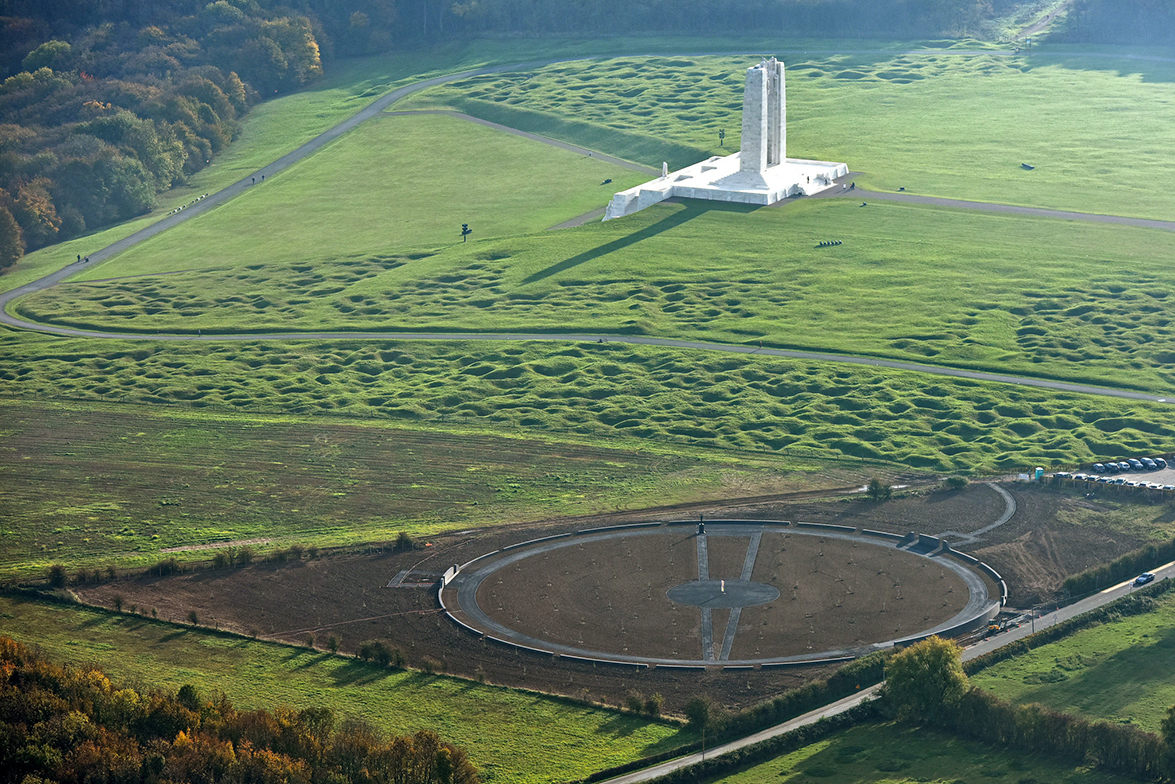
“It gives you another reason to spend time at Vimy Ridge, thinking of the contributions the Canadian Corp made to the First World War, particularly Vimy Ridge, and to the lives of Canadians lost there,” said Bailey.
The Centennial Trees in Canada are genetically related to the trees repatriated to the Centennial Park, all descendants of oak trees that once stood tall on Vimy Ridge.
Proceeds collected from the Centennial Trees in Canada will be used for the upkeep of the park and costs associated with the repatriated trees.
So far, 800 trees have been sold, mostly to organizations who wish to bring this piece of history to memorials, cenotaphs, city halls and schools across Canada. Purchase of these trees was opened to the public at the beginning of 2018.
“It’s a wonderful opportunity to make a link with Vimy Ridge, that is a living link. It’s a wonderful and creative way to commemorate the end of the First World War, to commemorate the memory of the First World War and show it’s still important to Canadians,” said Bailey.
To purchase a Centennial Tree in Canada visit the Vimy Foundation website.


